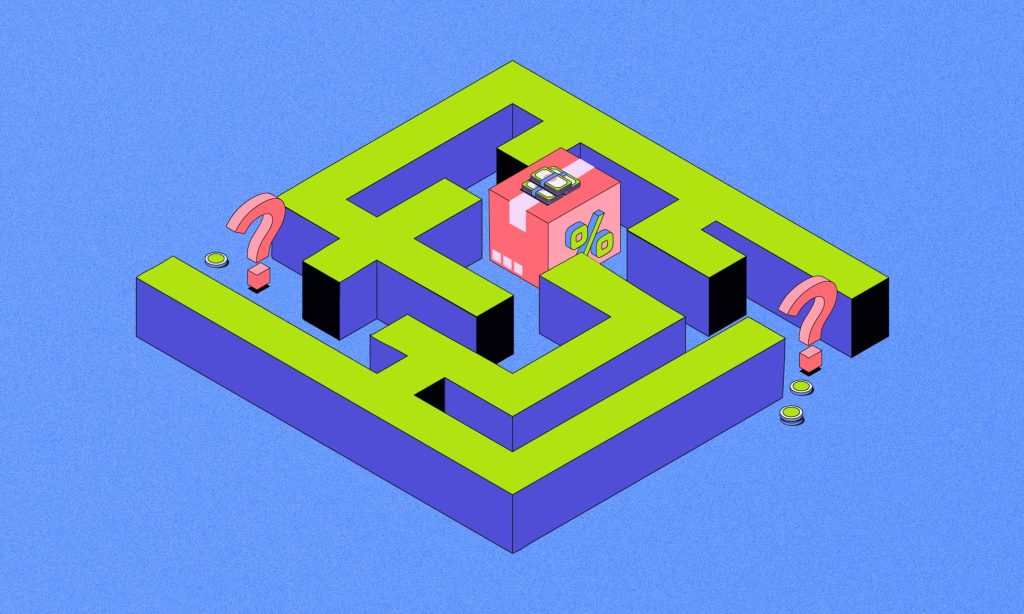One of India’s most well-liked investment alternatives is the Fixed Deposit (FD). It provides a fixed interest rate for a set time and is low-risk. But one of the reasons they are so popular is how easy they are to invest in. If you’re unsure how to proceed, let us show you how investing in FDs works.
Investing in FDs
As it is, investing in fixed deposits is a simple and hassle-free process. And with us to help you review it, FD investments can’t get simpler.
You can apply for an FD account online or offline; the paperwork is pretty basic. Here are the steps you will need to follow:
Check and compare FD rates.
Checking and comparing the interest rates of various banks and financial organizations is essential. So start with that. You can do it online by comparing data from the relevant websites or stopping by one at the bank. It makes sense to pick a bank offering a higher interest rate.
Pick a suitable deposit tenure.
The deposit tenure is the period you intend to keep your money locked up. You can pick the duration based on your financial objectives and needs. However, FDs with shorter terms have lower interest rates, so keep that in mind, too.
Choose the frequency of interest payouts.
The frequency of interest payments is up to you, but we advise you to base it on your needs. You can receive the interest every month, quarter, half-year, or year.
Select the mode of deposit.
You may purchase an FD via various methods, including online banking, mobile banking, ATMs, and branch visits. You can select the deposit method depending on your preferences and level of convenience.
Factors to consider before investing in FDs
FDs are a popular investment option in India, especially among the risk-averse. But investment decisions are deeply personal, so don’t let their popularity sway you. It makes sense to try to base your decision on your financial objectives. To do this, it is crucial to consider the pros and cons.
Limitations of investing in FDs
Let’s begin with the cons. Here is a list of some of the more common ones:
- Low liquidity: FDs have poor liquidity because the money is locked in for a set time. This means people can only withdraw their money prematurely if they pay a penalty fee. However, you could look at short-term FDs to remedy this somewhat.
- Fixed rate of interest: Since FDs have set interest rates, investors cannot benefit from an increase in interest rates at any point during the term.
- Taxation: According to income tax laws, interest on FDs is taxable. As a result, investors must pay taxes on interest income. This lowers overall earnings.
Advantages of investing in FDs
While FDs have minimal liquidity, they at least do allow withdrawals. So that’s a plus. Besides, FDs come with a decent fixed rate of interest. That means investors are shielded from volatility. Since these investments are fixed-term investments, they encourage saving and planning.
The tax-saving FDs can also help save on taxes.
Taxability
Another important factor to consider before investing in an FD is the tax implications. According to income tax regulations, the interest earned on FDs is taxable. As a result, investors must pay taxes on interest income, which lowers overall earnings. However, if that’s a key concern, you could look for the few tax-saving FDs in the market.
Premature withdrawal facility
Finally, FDs have a facility for premature withdrawal. However, restrictions and penalties may apply if you wish to use it. Consequently, before making an early withdrawal decision, study the terms and conditions well.
Conclusion
FDs are a good choice for risk-averse investors searching for a reliable income source. Yet, assessing the advantages and disadvantages and other relevant aspects, such as taxation, is crucial before investing in an FD. If you still decide to opt for this investment option, we hope this article has helped simplify the process of applying for you.
FAQs
What is the minimum amount required for investing in FDs?
The minimum amount required to invest in an FD varies from bank to bank. It can range from as low as ₹1,000 to ₹10,000.
Can I withdraw my money before the maturity date of the FD?
Yes, you can withdraw your money before the maturity date of the FD. However, this may attract a penalty, and the interest rate may be reduced.
Is investing in FDs safe?
FDs are safe as they are not affected by market fluctuations. They offer a fixed rate of interest, which means that investors can predict their returns in advance.
How do I invest in fixed deposits?
To invest in fixed deposits, follow these steps: select a bank, check interest rates, fill the application form, provide necessary documents, and deposit the funds.
How much will I get if I invest 1 lakh in FD?
The maturity amount from a 1 lakh FD investment depends on the interest rate and tenure. Use an FD calculator, available on bank websites, to estimate the returns.
Which type of FD is best?
The best type of FD depends on your financial goals. Standard FDs provide fixed interest, while tax-saving FDs offer tax benefits. Choose based on your specific needs.
Is investing in FD a good idea?
Investing in Fixed Deposits (FD) is a good idea for risk-averse investors seeking stability and guaranteed returns. FDs offer security and attractive interest rates.








